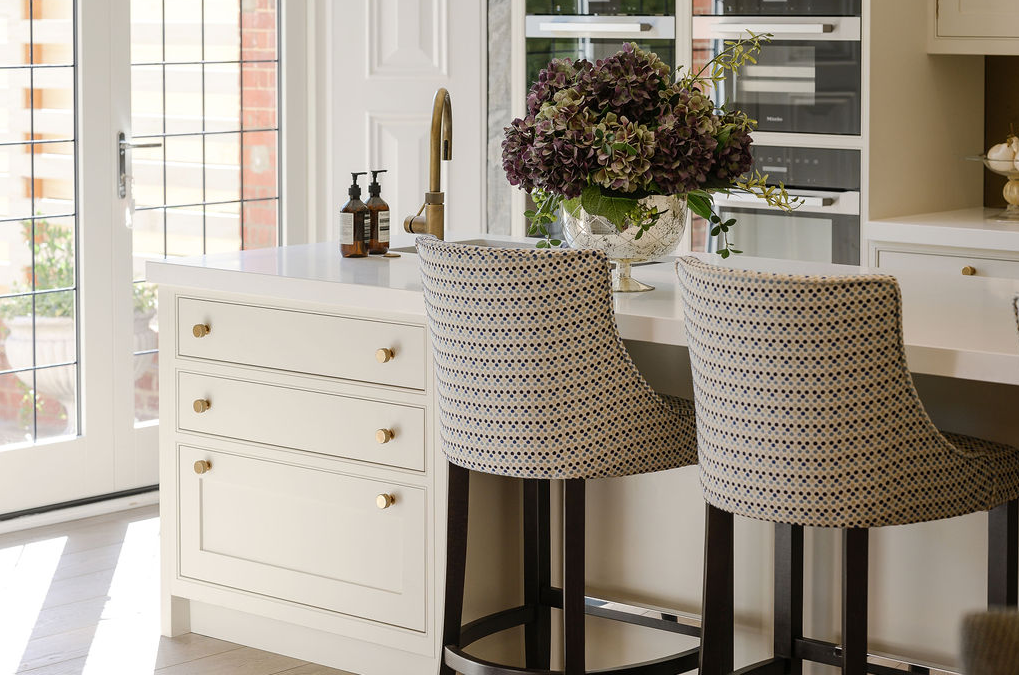Bespoke Pricing Guide

Let us guide you through bespoke pricing, explaining how upholstery, fabric, and upgrades shape your tailored quote.
1. Quantity
Order quantity can impact pricing. The more products you order, the higher your order value, however, efficiencies may be achieved on certain fabrics or Leathers that may alter the product unit cost depending on the total quantity of products.
2. Chosen Fabric
Fabric pricing depends on the supplier, design, and collection, with costs ranging from £36 to £200+ per metre. Fabric houses set their own minimum order quantities, typically starting at 1m, 5m, or 10m. Leather follows a different pricing structure, as it is sold in hides rather than by the metre. Choosing a higher-priced fabric or one with a larger minimum order requirement can increase your pricing.
3. Fabric Type
Your choice of fabric type affects pricing. Plain fabrics can be the most cost-effective, while patterns require extra material for alignment. Leather is a premium option known for durability and luxury, though its pricing differs due to being sold in hides. Selecting a patterned fabric or leather can increase your pricing due to additional material requirements and premium costs.
4. Fabric Placement
We offer both single-fabric upholstery and fabric combinations. A single fabric keeps costs simple, while combining fabrics can add contrast and character but may require additional material and minimum order considerations. Opting for a fabric combination can increase your pricing due to additional material and labour costs.
5. Upgrade Options
Personalise your chairs or barstools with custom upgrades for an additional cost. Options may include decorative beading, custom leg heights, and finishes such as natural oak or RAL colour-matched legs to complement your décor. Adding upgrades will increase your pricing based on your chosen upgrades.
